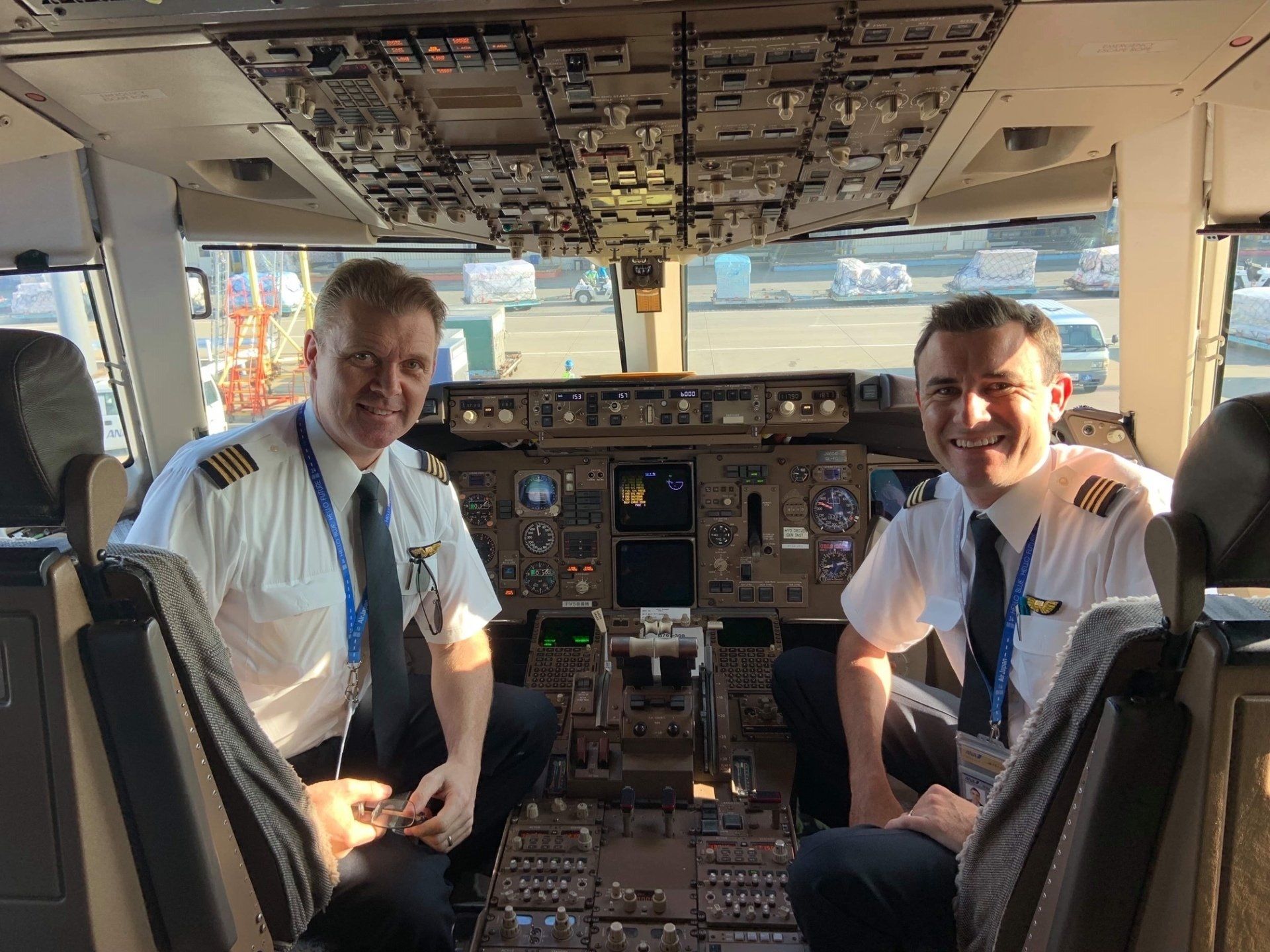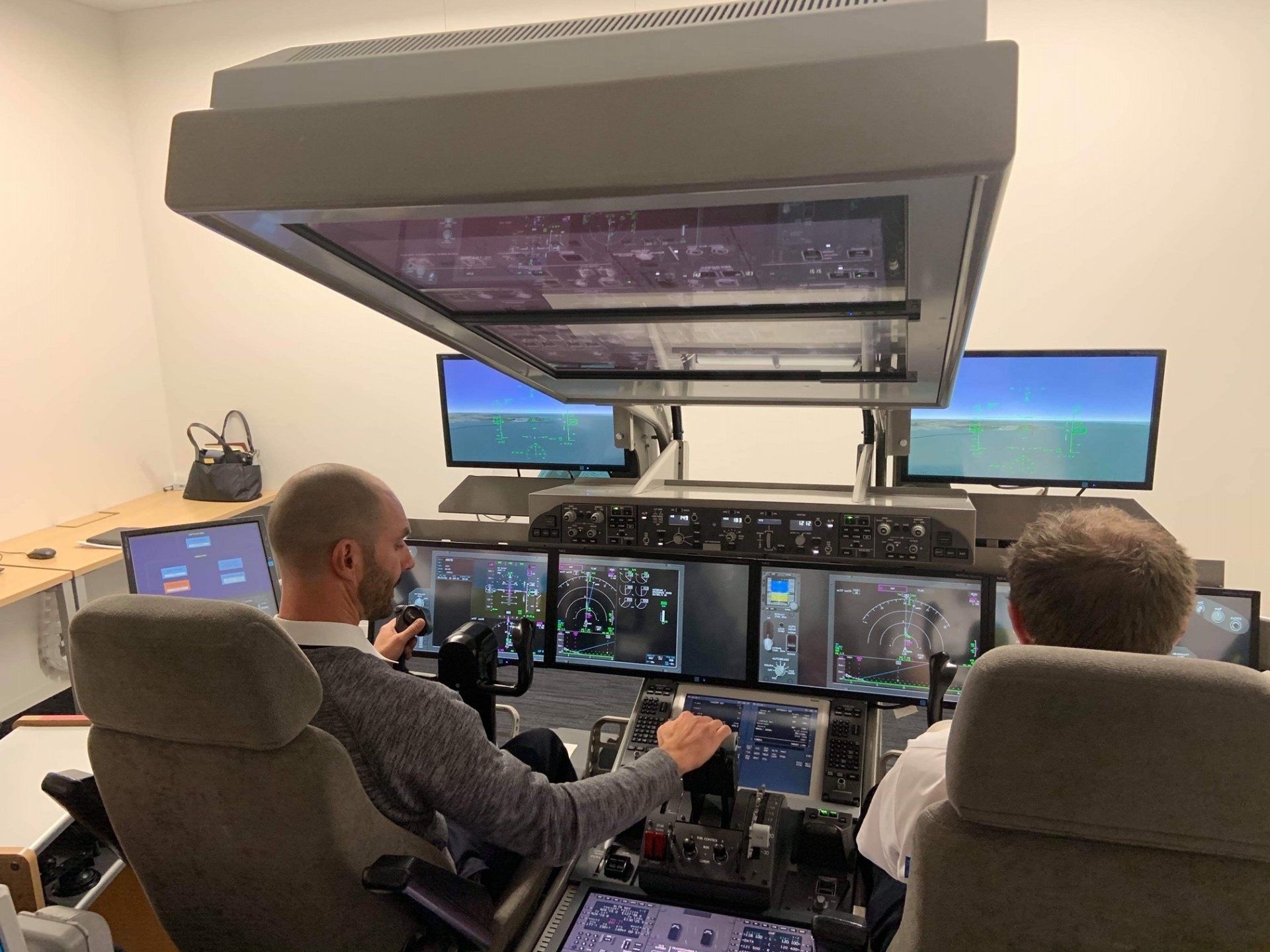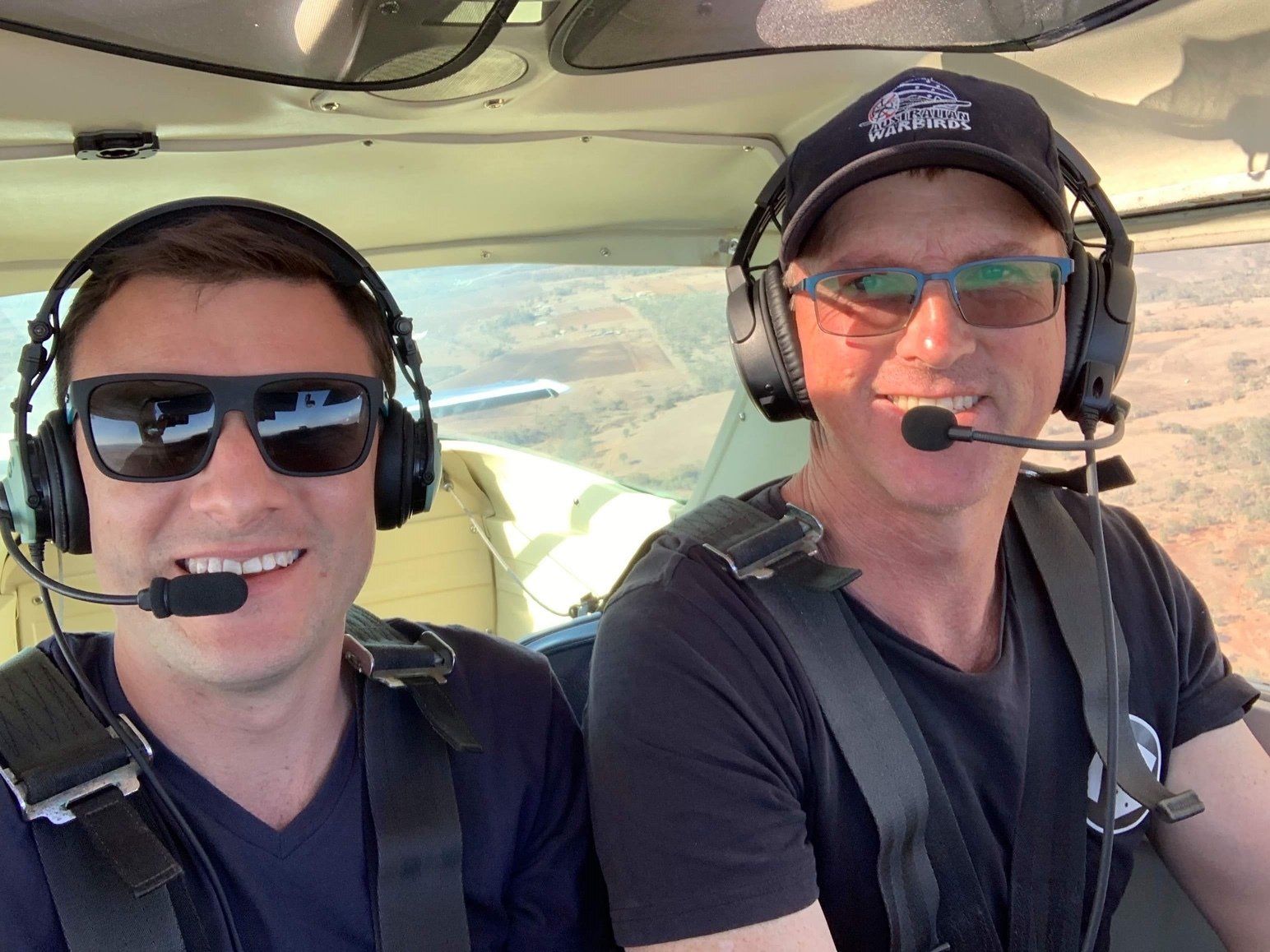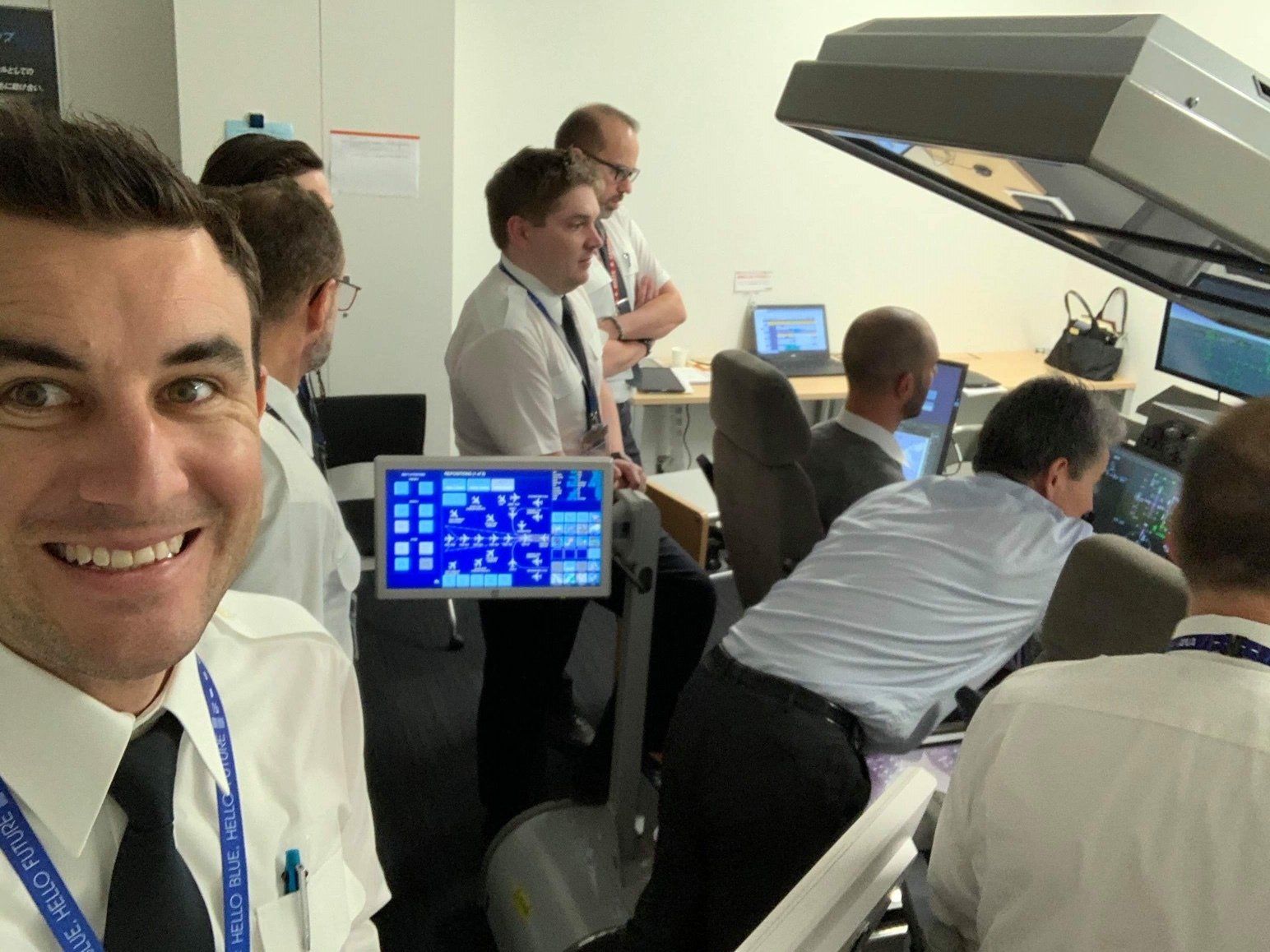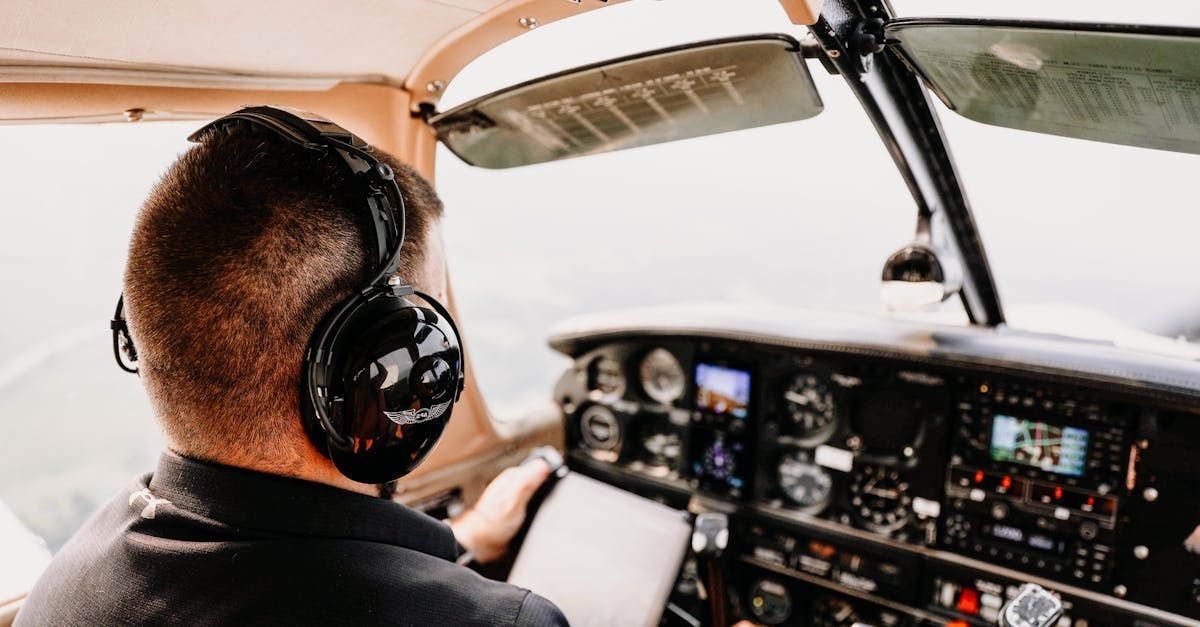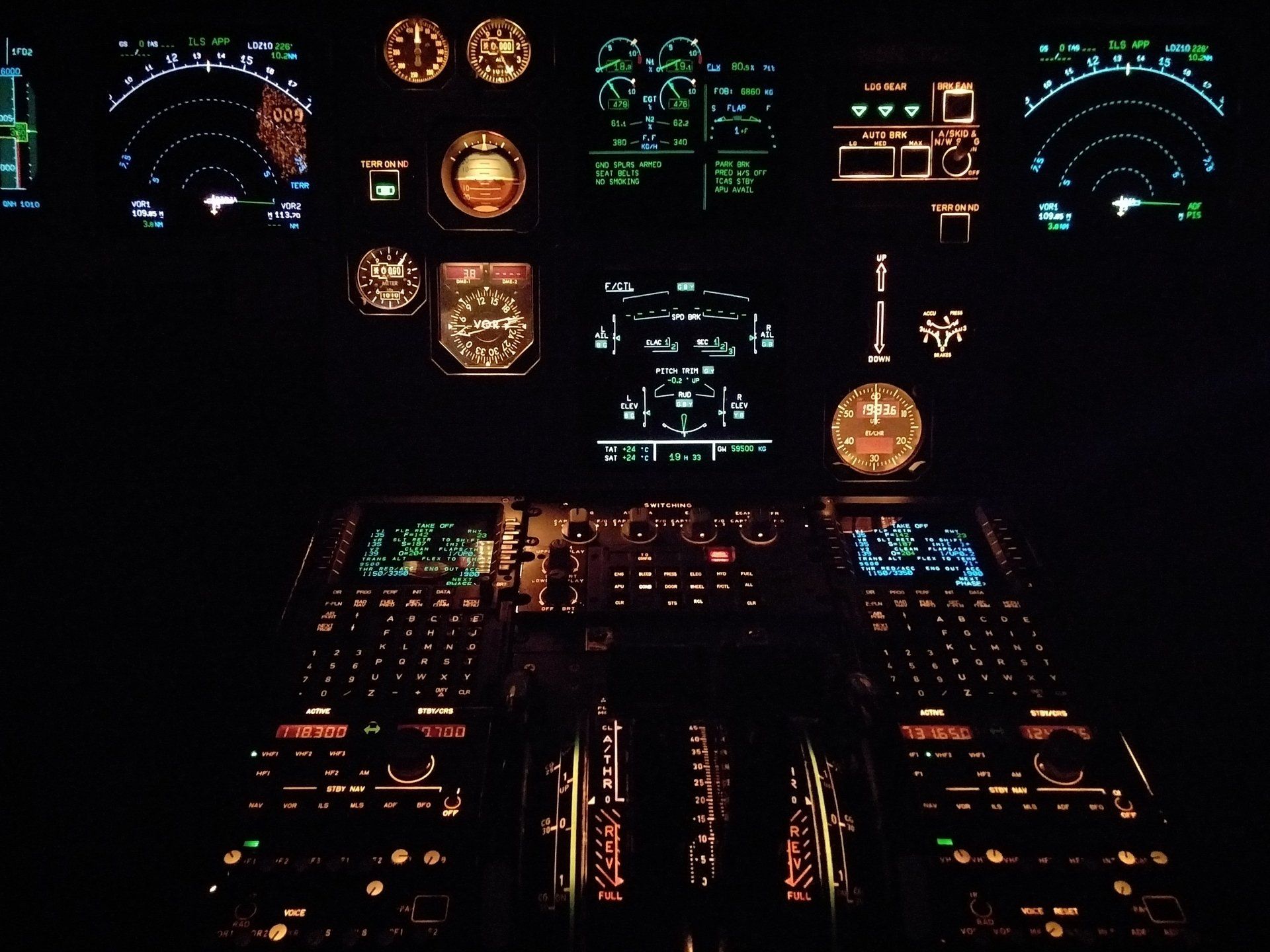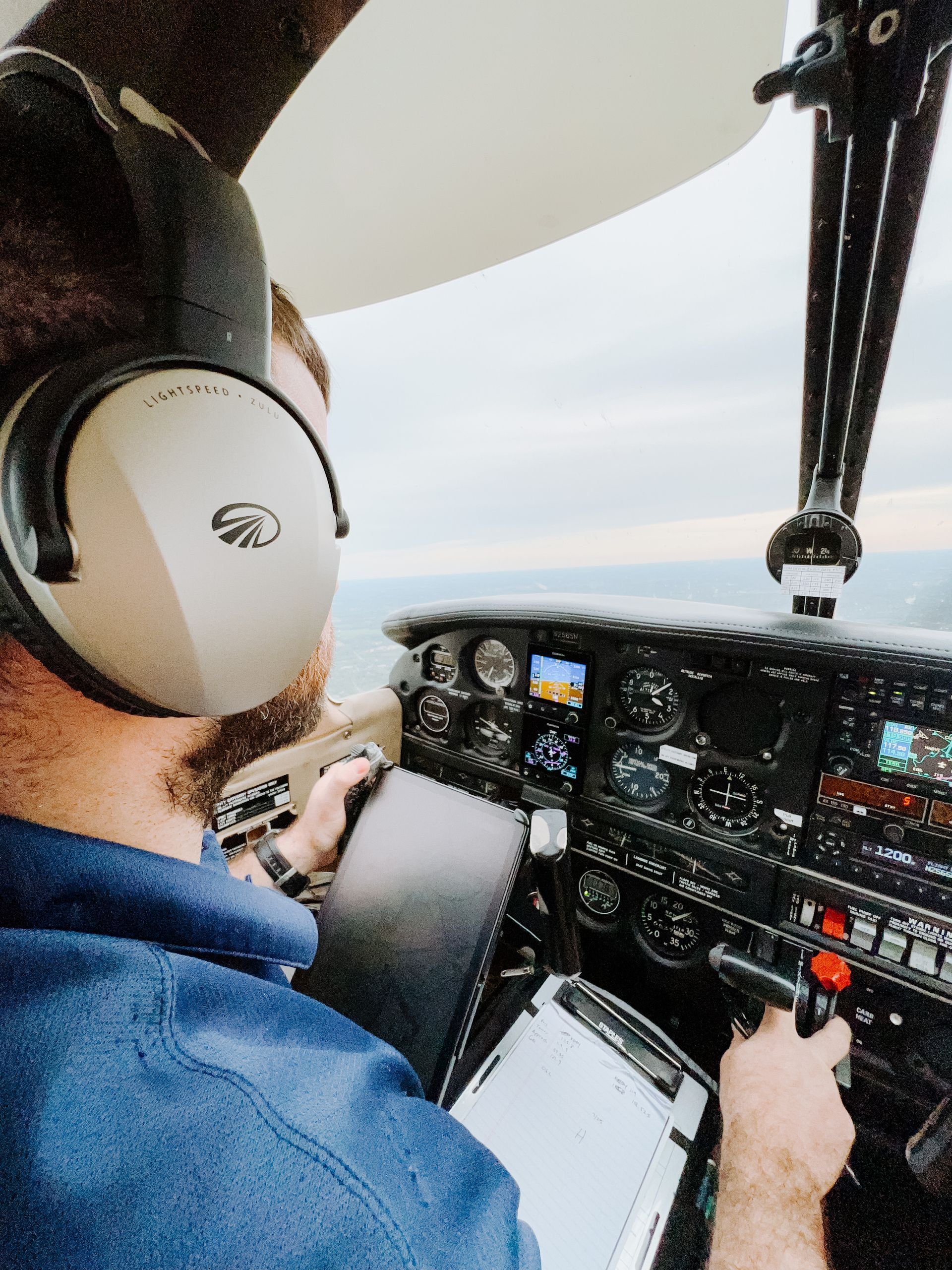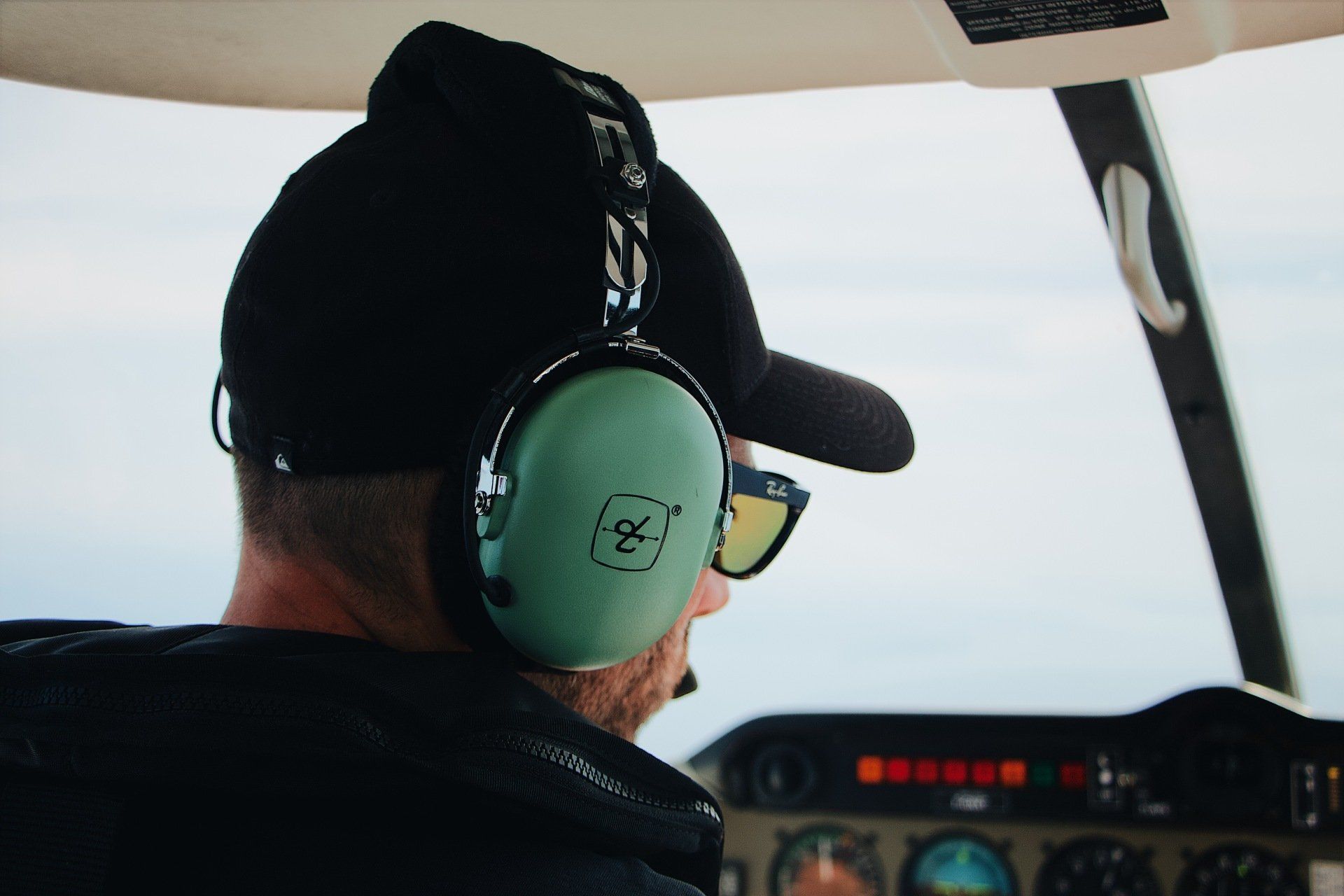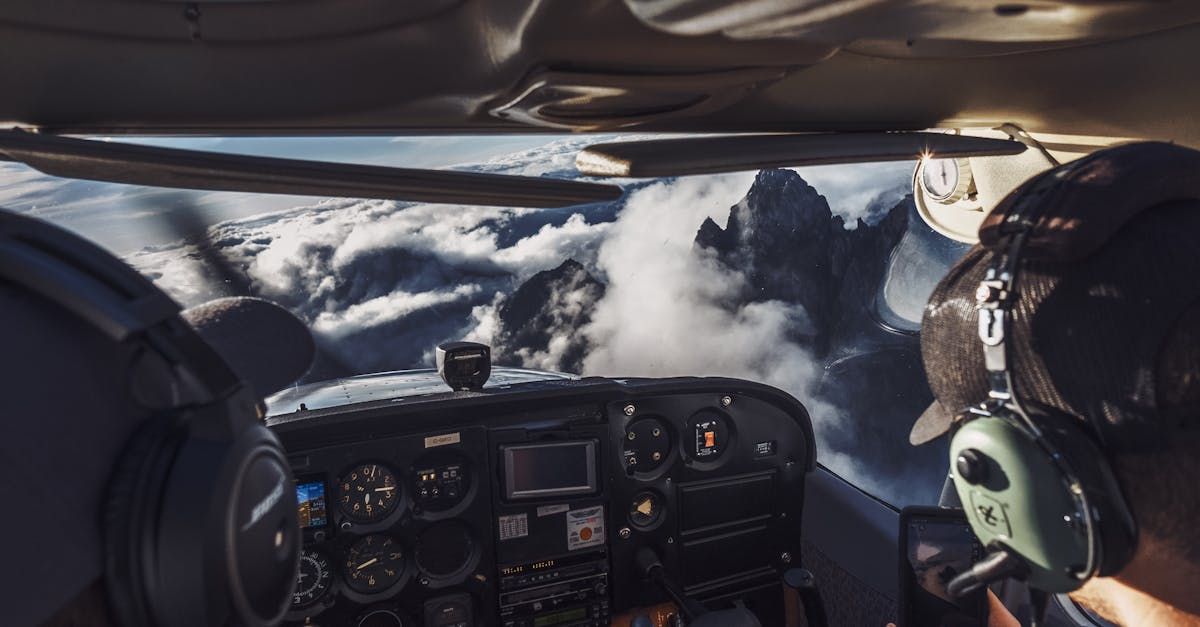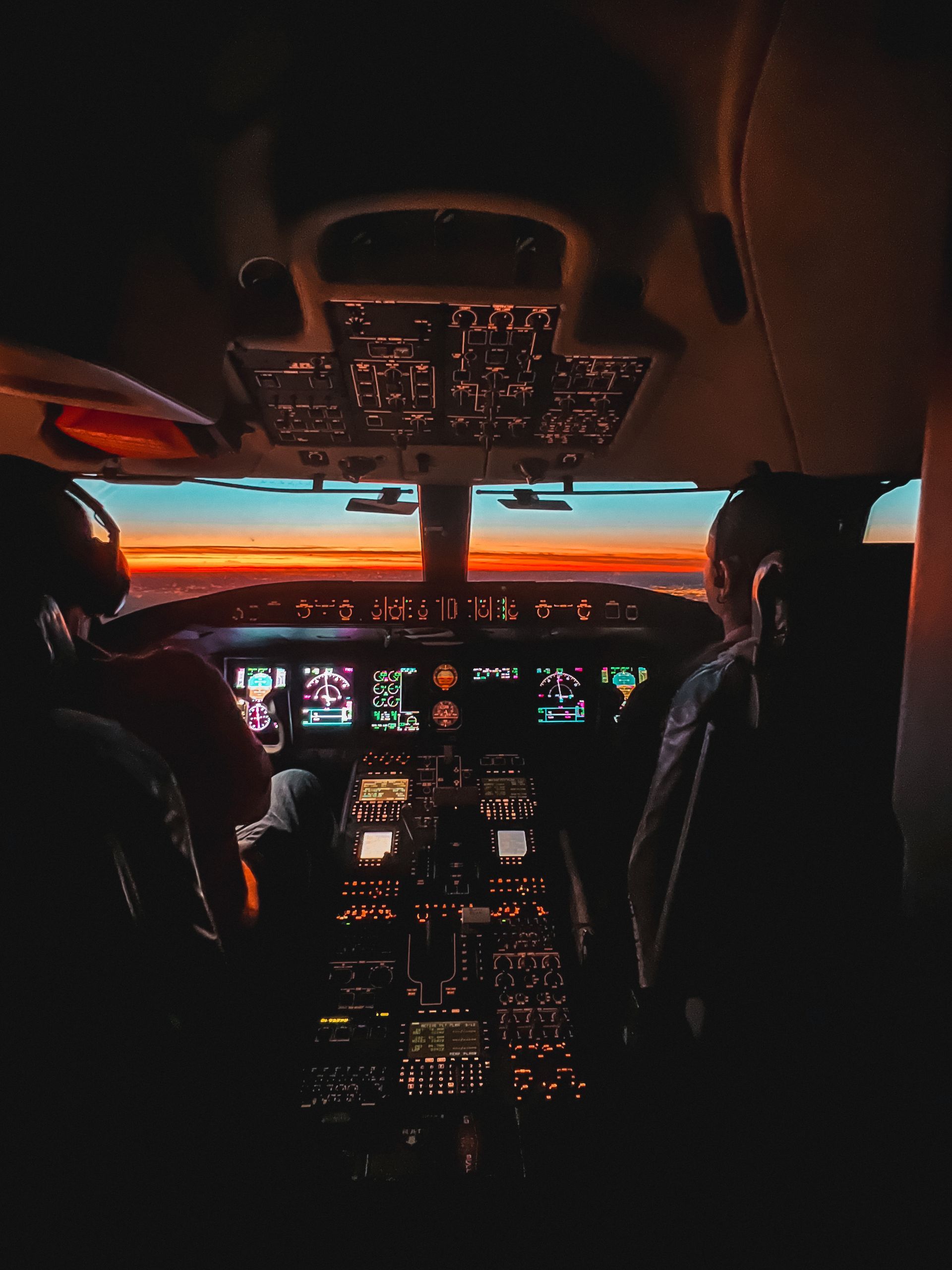FIFO fun
Jeff Hearn • February 20, 2020
From B787 to c150
Mark and I work on a fly in fly out style roster, so when our days off matched and the weather was perfect we decided to make the most of it. We flew to the Sunshine Coast for some controlled airspace practice and to visit a bar/restaurant I used to visit a lot during my ATPL study’s many years ago.
Mark flew us to the coast in his C150 and I enjoyed the view out of a more “hands on” airplane then I am used to. Flying below the clouds is also something I don’t get to do often so this was another plus for me, being able to look out the window. This is the style of flying you dream of as an airline pilot.
As I write this I am currently in Tokyo for ten weeks doing a type rating on the B787. The study never ends so I won’t be at the club comp for a few months. I am looking forward to operating the B787 with its modern systems (there are a lot) but nothing is as good as enjoying trip in a Cessna with a mate and going for a fun flight. Cheers Mark for a great memory.
Jeff Hearn - First Officer
DDAC Member
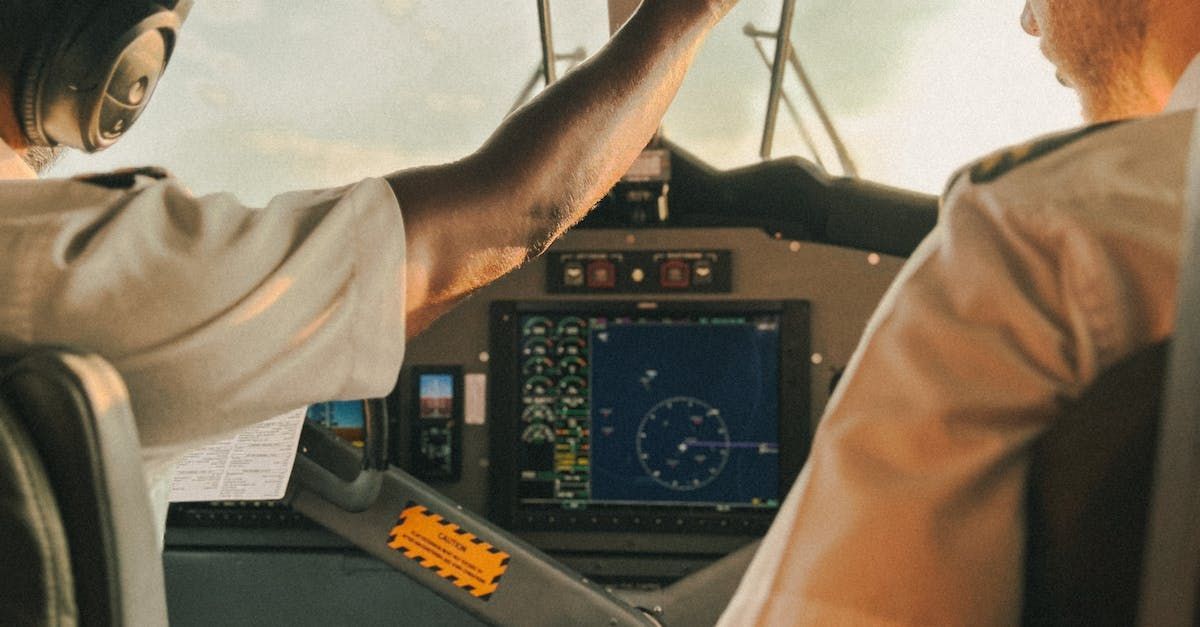
It is possible for pilots to fly in conditions below visual flight regulations if they have earned an instrument rating (VFR). Here is an introduction to instrument rating and the skills you'll need to get started: What does Instrument Rating mean? An Instrument Rating (IR), a supplemental certification, allows pilots to fly in conditions where visual reference to the ground is lost, such as fog or clouds. All instruments, such as the altimeter, airspeed indicator, and attitude indicator, are used during flight training for pilots with an IR. Instrument Rating Requirements Before getting an instrument rating, a pilot must have either a private pilot's license (PPL) or a commercial pilot's license (CPL), as well as a certain number of flight hours and cross-country flight experience as a pilot in command. How Exactly Does One Train? Gaining an instrument rating requires both classroom study and in-flight experience. Instrument flying regulations (IFR), instrument approach procedures, and the proper use of navigational aids are just some of the topics covered in ground schooling. With a hood or other obstruction in place, the pilots will learn to fly in what is called "Instrument Meteorological Conditions" (IMC). Instrument Rating Test Once the training is complete, the pilot must take and pass a written and practical exam for an instrument rating. The written test checks how much you know about weather, navigation, and the rules. The required number of hours in the air with an examiner shows how well you can fly safely and competently in a variety of conditions. Benefits of an Instrument Rating Getting an instrument rating is very helpful for pilots because it lets them fly in more situations and makes them feel safer while doing so. Pilots with an instrument rating can apply for jobs with airlines and other businesses in the commercial aviation sector. Keep Your Instrument Rating Intact greatly Pilots must go through training and flight reviews every six months to a year to keep their instrument ratings up to date. This makes sure that pilots have access to the most up-to-date information and can fly safely in any condition. Getting an instrument rating is usually good for pilots because it gives them more options in the aviation industry. With hard work and training, any pilot can improve their skills and earn an instrument rating.

